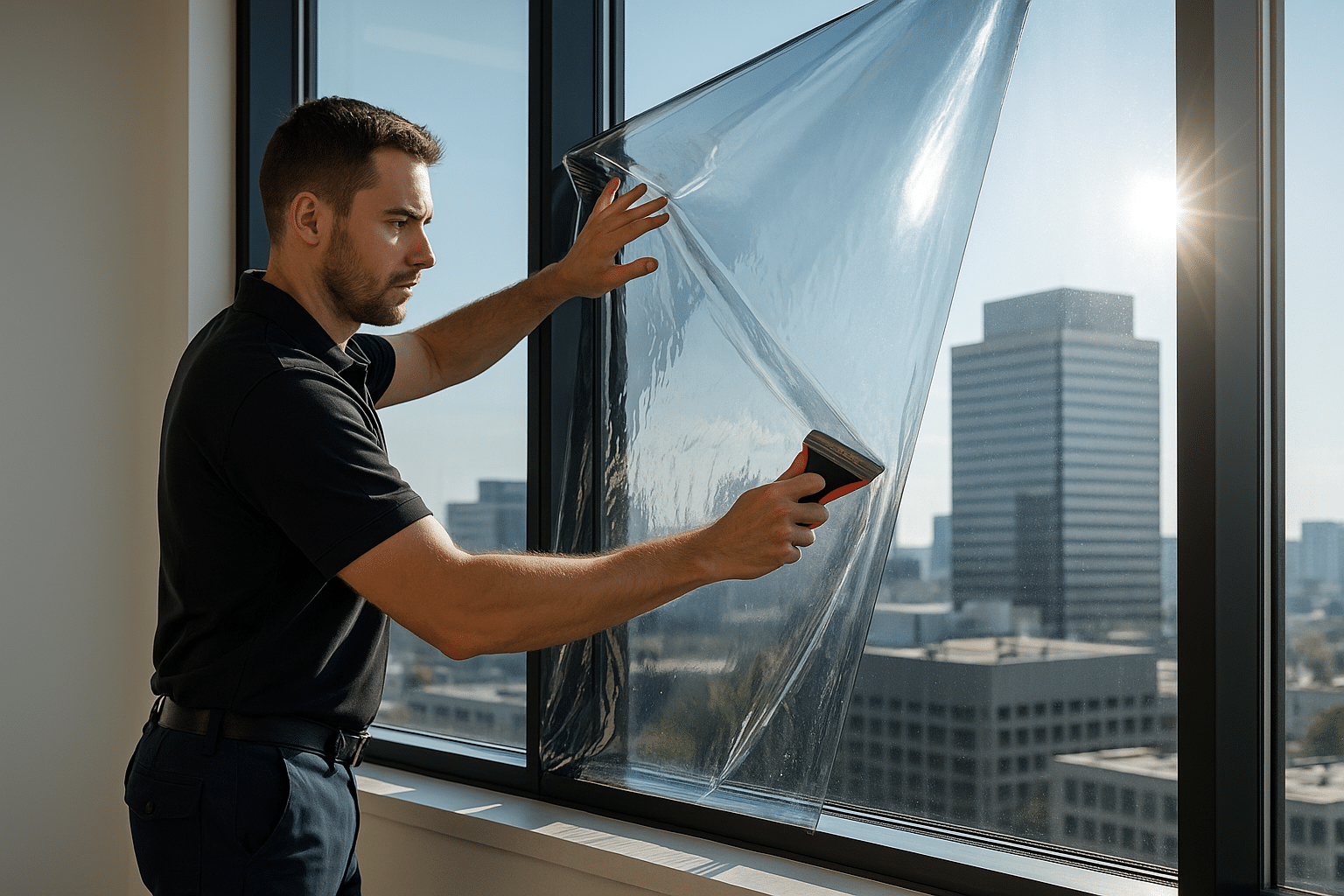Avid Power Tire Inflator Air Compressor Review
Keeping your tires properly inflated is important for achieving optimal handling and ride characteristics for your vehicle and for mitigating tire wear as well as improving fuel economy. The problem is that it can be a pain to adjust inflation at a gas station. Worse yet, depending on how close you live to a working air pump, the drive itself can cause the pressures to change and give you a faulty reading. That’s where personal inflators come into play.
At-home inflators aren’t your typical gas station ones. They’re small, portable, and can either plug into you wall or your 12-volt socket to ensure your tires are always up to snuff. There’s just one issue: there’s literally (figuratively) a million options to choose from. There’s stuff from name-brands we all trust, inflators with 10,000 reviews on Amazon, and then there’s the odd-balls no one has ever heard of. And then there’s this Avid Power Tire Inflator we picked up on Amazon for $59.49 at the time of writing. Why’d we pick it? Well, it had over 5,400 reviews, a 4.5-star rating, it’s near the middle-upper range of tire inflators, and we’re suckers for the color red.
Given we’ve be testing tire inflators for a hot second already, and the above specs, features, and hue, we figured it was time for a proper test of the Avid unit. But would it hold up to our exacting standards? Would it fail to even inflate a Crosstrek’s tires? Would the 12-volt cord delaminate and shock us into becoming the Flash? Well, we’re reminded of the classic children’s fable of Goldilocks and the Three Bears.
Let’s talk about why.
Unboxing the Avid Power Air Compressor
The actual box will not inspire you with colorful graphics or make you anticipate what you’re about to reveal. It’s just a plain cardboard container with black line drawings of the inflator and descriptions of its capabilities. Useful, not inspiring — at least the compressor inside the box looks impressive.
With neatly stored attachments, a built-in digital pressure gauge, an array of switches and indicator lights, rubber feet, and LED work light, this thing clearly means business. The 12-volt and 110-volt cords are tidily wrapped into detents in the case, as are the hoses for high-pressure items such as tires and sports balls and a low-pressure, high-volume hose for things such as air mattresses. A sturdy-feeling, molded-in handle makes moving the six-pound unit around very convenient. A clear plastic compartment at the front shows off storage for the three included nozzle adaptors.
And that’s about it. It’s a compressor, what more are you looking for?
Getting After It With the Avid Power Air Compressor
- Good: Operates on both 12 volts and 110 volts, versatile, built-in gauge with automatic shutoff.
- Bad: Slow to fill tires, short air hoses, a plastic hose for low-pressure use.
- Check Latest Price
Since filling your tires from zero isn’t something most people need to do with a portable compressor, making pressure adjustments was the thing I wanted to deal with first. After dropping the pressures in my Subaru Crosstrek’s tires by 5-10 psi, I set about pumping them back up to recommended pressures using the Avid Power’s gauge and automatic shut-off feature.
First, I used it with 110-volt power by plugging it in and setting the appropriate switches for the power source. The air nozzle attaches firmly to your tire valve with the snap of a lever, and your current pressure appears in the built-in digital gauge. Plus and minus buttons allow you to set your desired pressure, then a series of green lights flash for a couple of seconds as the inflator stores the information. When the lights return to steady, your current pressure is once again displayed, and it’s time to start pumping up.
Anyone who’s used an air compressor knows that noise is part of the operation, and this one is no different, although, based on previous experience, the Avid does seem quieter than larger, less portable types I’ve used in the past. The inflator itselt did its job as advertised, and automatically shut off when the pressure reached the desired setting. However, there did seem to be some variance in how accurate the shut-off turned out to be, usually to the lower side as when checked with my own tire-pressure gauge, I found results of exact to 0.5 to 1.0 PSI lower than the inflator’s gauge indicated. The lesson here is simply to recheck the pressures with your own gauge after filling your tires but that’s definitely a knock against.
Then it was time to try the unit on 12 volts by plugging it into an outlet on the vehicle’s dash and flipping the power-source switch. With the same inflation tasks, I didn’t find any measurable difference in the speed of operation from 110-volt use, meaning it was rather slow. At just under two minutes to add 10 psi, both the 12-volt and 110-volt took exactly the same time to pump the tires up, and because of the time it takes to pump up low tires, I’d recommend starting your vehicle before using the inflator to avoid flattening your car battery as well as your tires.



.jpg)

